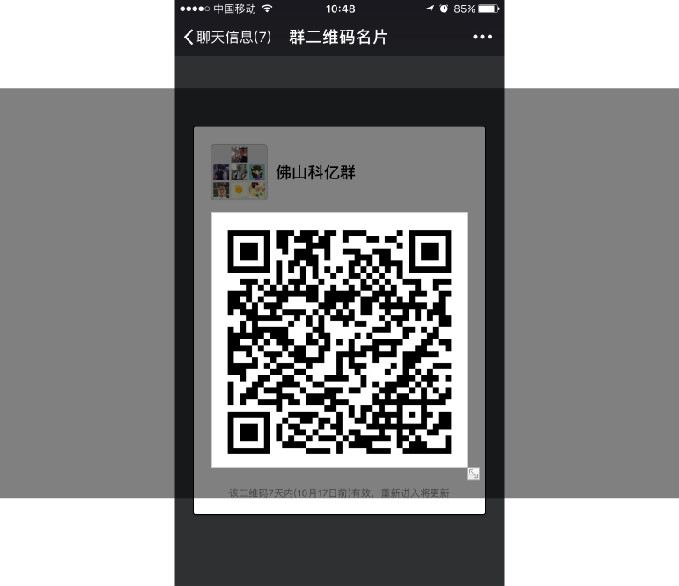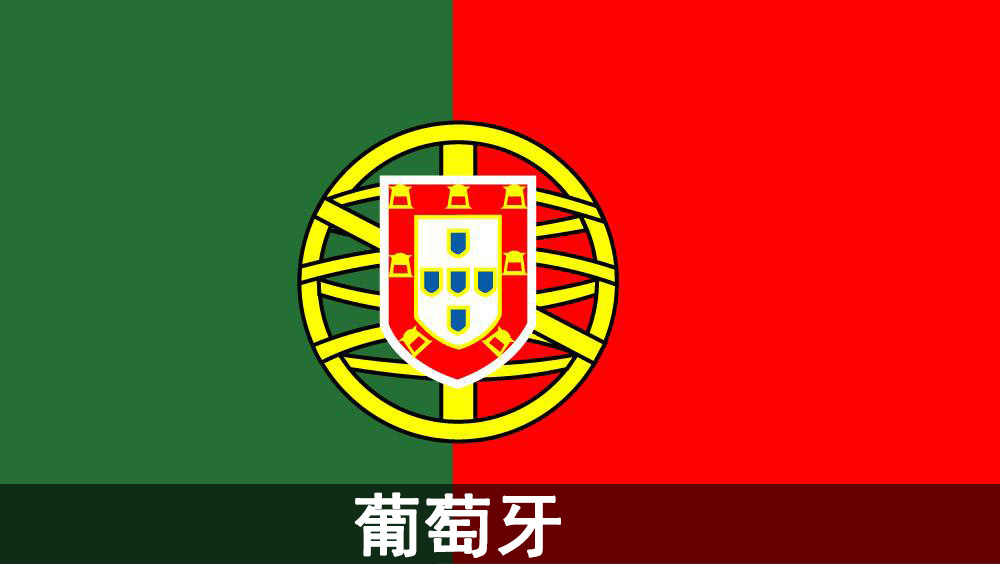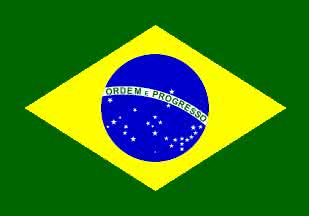1. GENERAL INTRODUCTION TO THE PATENT LAW OF CANADA
The existing Patent Act of Canada was 1985 Patent Act, which was recently amended in 1987. The Patent Act of Canada has long been influenced by the patent system of United States. The first Patent Act of Canada came into force in 1824. The existing Industrial Design Act of Canada is the 1985’s version, which was amended in recent years. The industrial designs in Canada are independently protected by the Industrial Design Act.
Canada is a member of Paris Convention and Patent Cooperation Treaty. Therefore, foreign enterprises and individuals can apply for a patent in Canada through the Paris Convention and the Patent Cooperation Treaty.
The Canadian Intellectual Property Office (CIPO) is the patent, trademark, and copyright administration body of Canada. CIPO also administers industrial designs and integrated circuit topographies. The Plant Breeders' Right's Act is administered by the Canadian Food Inspection Agency.
2. TYPE OF PATENT AND APPLICATION PROCESS
The type of Canadian patent is same to that of the United States, including invention patent and industrial design patent. According to the Patent Act of Canada, CIPO may carry out substantive examination to an invention patent application. The duration of the invention patent right shall be 20 years, commencing from the date of application. An industrial design patent application adopts substantive examination and the duration of the industrial design patent is 10 years, commencing from the date of registration.
2.1 Invention Patent
2.1.1 Concept and Description of the Invention Patent
According to the Patent Act of Canada, the definition of “invention” is any new and useful art, process, machine, manufacture or composition of matter, or any new and useful improvement in any art, process, machine, manufacture or composition of matter. To be patentable, an invention must be novel, non-obvious and practical. That is, the invention must not have been described or claimed in a previously filed third party Canadian patent application, and must not have been previously publicly disclosed by a third party, anywhere in the world.
The test for non-obviousness (also sometimes referred to as "inventive ingenuity" or "inventive step") is whether an "unimaginative skilled technician, in light of his general knowledge and the literature and information on the subject available to him on (the date that the application is filed in Canada), would have been led directly and without difficulty to the invention."
For a product to have utility it must perform some useful function. The requirement for utility originates from the definition of invention as a "new and useful art".
2.1.2 Application Process of an Invention Patent
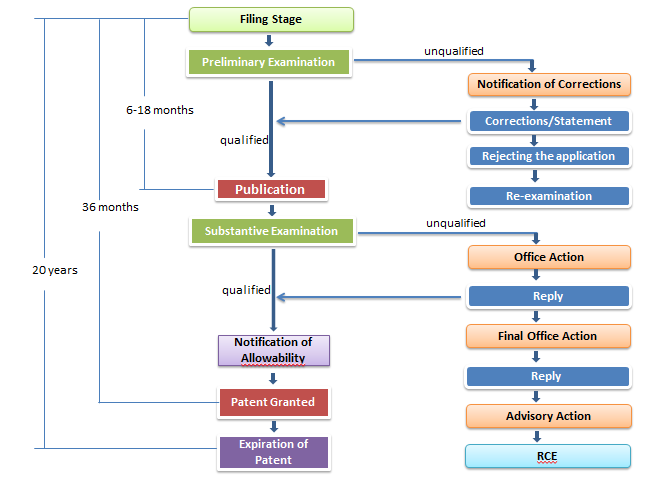
Similar to most of the countries, CIPO carries out substantive examination to the invention patent applications, namely, examining the novelty, creativity of the invention patent applications.
2.1.3 Required Documents for Application
A. Written description, written claim, written abstract, drawings of written description and drawing of abstract.
B. Letter of authorization for the application of patent, which is required to be signed by the applicant or stamped (no notarization or certification is required).
C. Name and address of the applicant, name and address of the inventor, etc.
D. Priority document (if any)
E. Small Entity Declaration
F. Entitlement Declaration
Notes: all of the documents must be submitted in English.
2.2 Design Patent
2.2.1 Concept and Description of the Design Patent
According to the Patent Act of Canada, “Industrial design” is a process of design applied to products that are to be manufactured through techniques of mass production. A design patent is a form of legal protection granted to the ornamental design of a functional item. Design patents are a type of industrial design right.
2.2.2 Application Process of a Design Patent
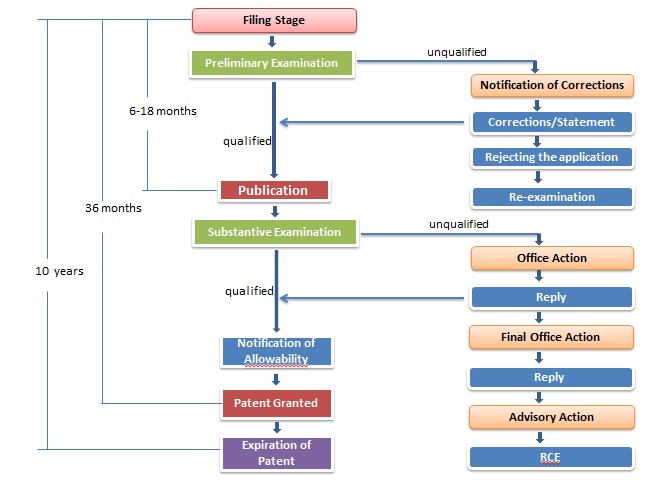
Similar to most of the countries, Canada carries out substantive examination to an industrial design patent.
2.3.3 Required Documents for Application
A. Six-side views and three-dimensioned drawing;
B. Brief description of design patent, including name of product, application and design features, etc.
C. Letter of authorization for the application of patent, which is required to be signed by the applicant or stamped (no notarization or certification is required).
D. Name and address of the applicant, name and address of the inventor, etc.
Notes: all of the documents must be submitted in English.
3. WHAT SHALL NOT BE GRANTED
According to Patent Act 1985 of Canada, the following subjects are not patentable:
(1) Scientific discoveries;
(2) Rules and methods for mental activities;
(3) Methods for the diagnosis or for the treatment of diseases;
(4) Animal and plant varieties;
(5) Substances obtained by means of nuclear transformation; and
(6) The design, which is used primarily for the identification of pattern, color or the combination of the two on printed flat works.
For processes used in producing products referred to in item (4) of the preceding paragraph, a patent may be granted in accordance with the provisions of this Law.
Except for the above, the following two are not patentable as well:
(1) Software programs
(2) Business methods

